Vorlesungsaufzeichnungen
Hier finden Sie Aufzeichnungen von Vorlesungen an der TU Clausthal.
Institut für Mathematik
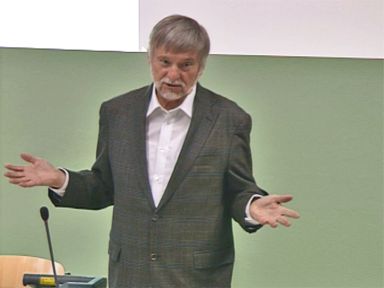 54517:20:56WS 15/16English
54517:20:56WS 15/16EnglishTransportation Analysis, Modelling and Simulation
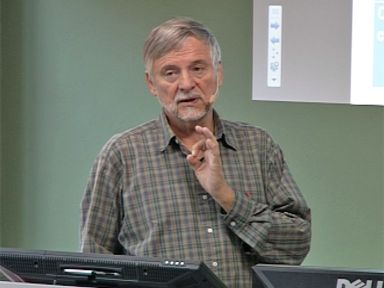 17701:35:50WS 15/16English
17701:35:50WS 15/16EnglishSeminar in Ubiquitous Computing
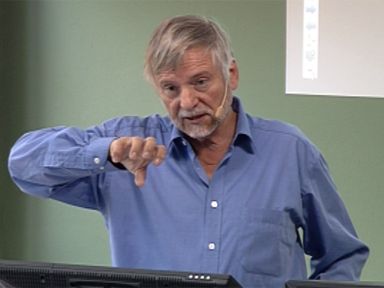 1.00316:51:39WS 15/16English
1.00316:51:39WS 15/16EnglishComputational Modeling and Simulation II: Continuous Systems
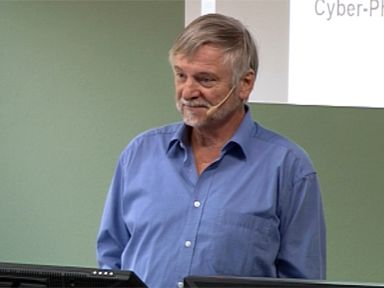 16402:45:14WS 15/16English
16402:45:14WS 15/16EnglishResearch Seminar in Cyber-Physical Systems
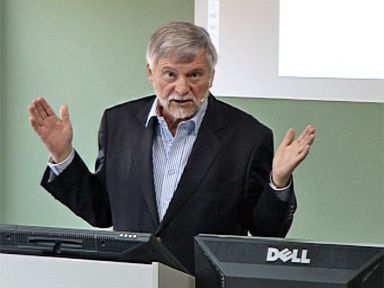 2.63726:22:01SS 2015English
2.63726:22:01SS 2015EnglishIntroduction to Cyber-Physical Systems
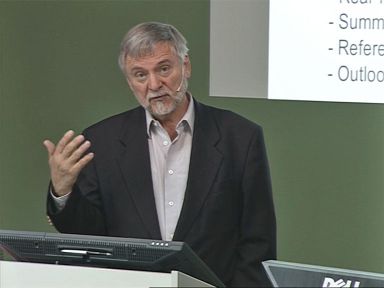 1.66320:04:09SS 2014English
1.66320:04:09SS 2014EnglishDiscrete Event Simulation
 1.18815:17:36SS 2014English
1.18815:17:36SS 2014EnglishEmbedded Computing Systems
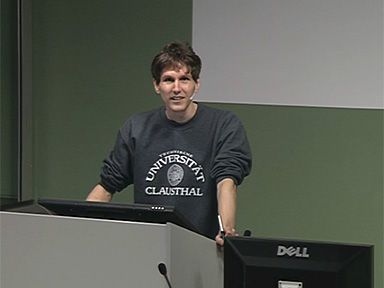 1.98203:59:17WS 13/14Deutsch
1.98203:59:17WS 13/14DeutschAusgewählte Kapitel der Analysis/Linearen Algebra
- 1.29215:21:13WS 13/14English
Hardware Software Co-Design
- 2.81917:30:12WS 13/14Deutsch
Lineare Algebra und diskrete Strukturen III
- 3.52116:13:07SS 2013English
Internet of Things
- 5.96229:03:41SS 2013Deutsch
Angewandte Graphentheorie
